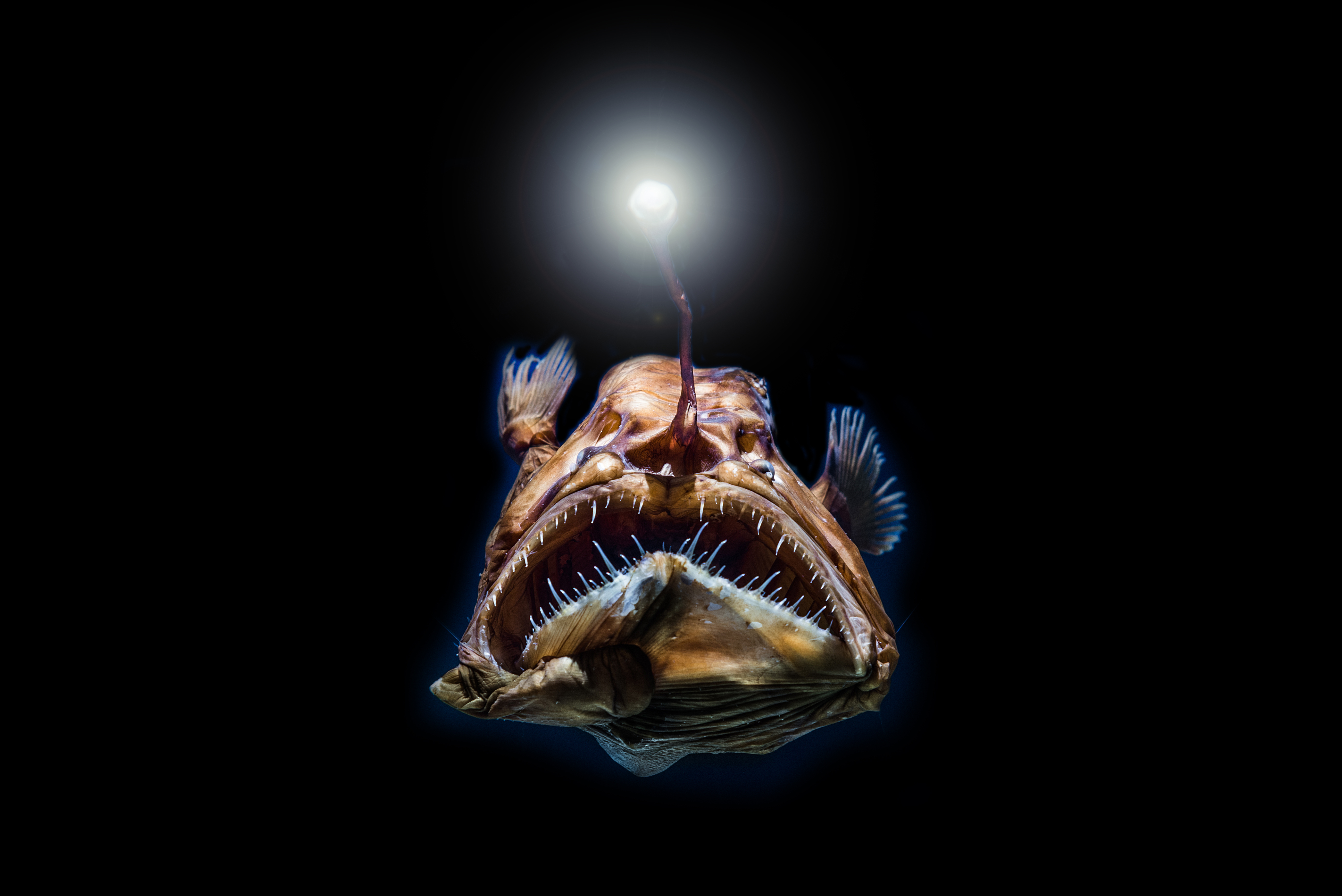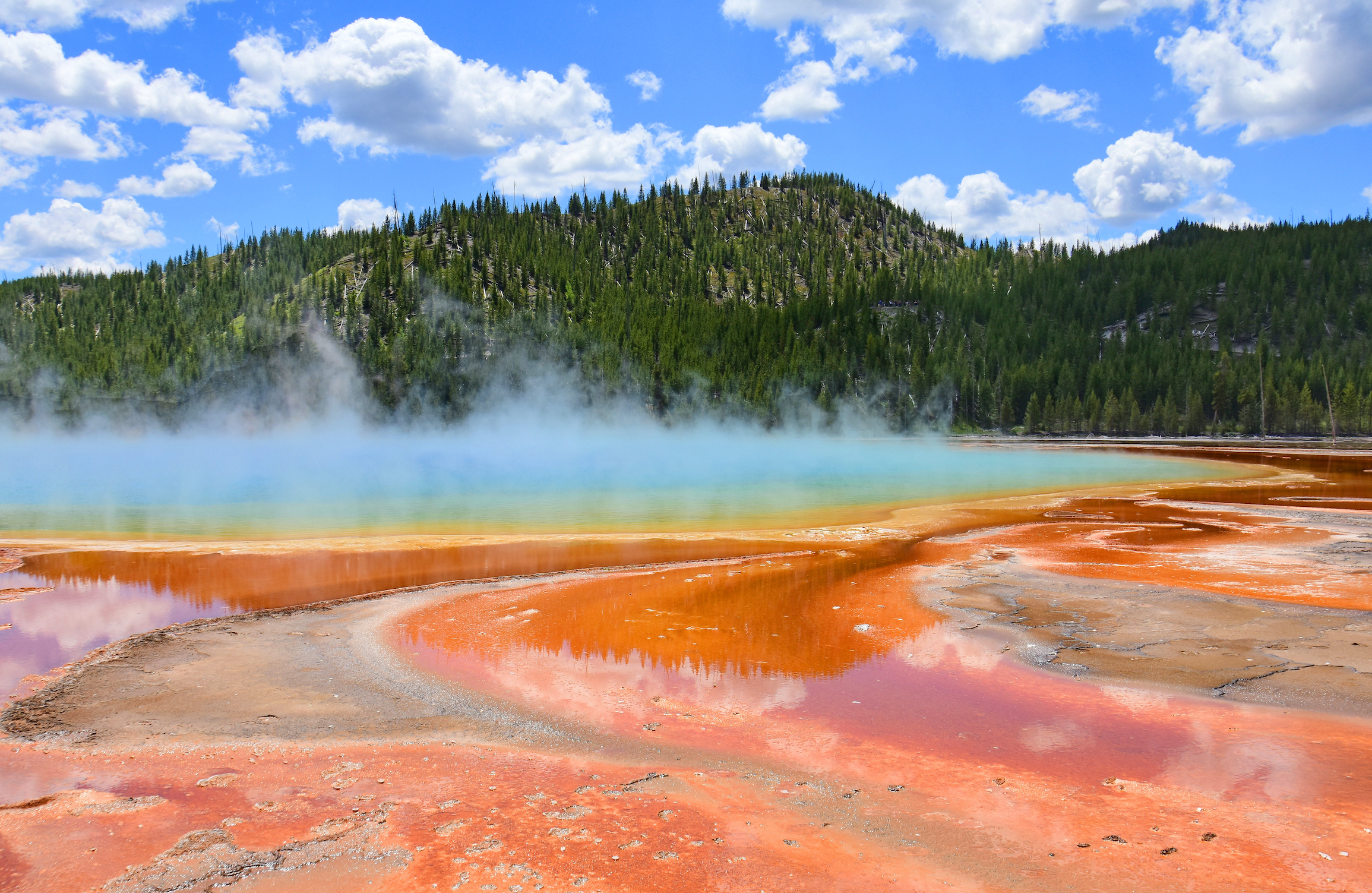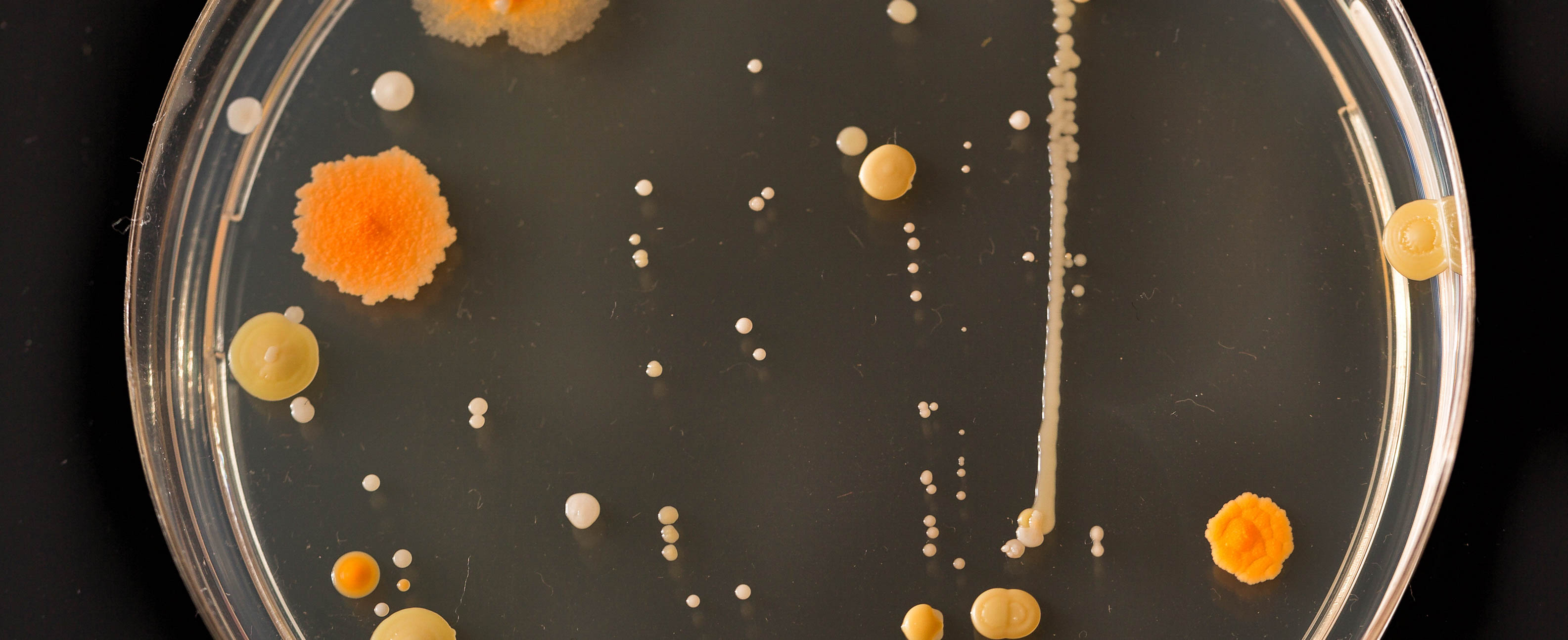When we think about life on Earth, we often immediately think of the organisms we’re familiar with, including us. What does it mean to be alive on Earth? Well, it’s humans, cats, dogs or birds – things that we have experiences with every day. Really, the diversity of life on Earth is in so many ways mind-blowing. There are animals that live such different lifestyles from us. Some of the fish that live in the deep ocean, for example, never see the light of day. In fact, they never touch a surface. They’re floating in the mid-water their entire lives, they have organs that allow them to make their own light. But even more extreme are microbes. Microbes are capable of doing things that we cannot possibly ever pull off as an animal.
How microbes define life on Earth
Professor of Evolutionary Biology
- Microbes harness energy in ways animals can’t; life exists and Earth is habitable thanks to their ability to create oxygen, nitrogen and the conditions that animals need to survive.
- Scientists gain insights to life’s origins by observing life now and making deductions, but they have to be careful not to project today’s conditions onto the past.
- Microbiology may help us understand the relationship between the living and the non-living worlds.
Mind-blowing diversity

Photo by superjoseph
Microbes are extraordinary
My training is as a physiologist, which means I’ve studied how organisms work, and as a biochemist, which means I’ve studied how their enzymes and their machinery function. In some ways – I hope my fellow humans will forgive me – we’re boring. The way we “make a living” is not so different from a cat, a giraffe, a lion or a goldfish. What I mean is: we eat dead things and we breathe oxygen, and it’s the eating of dead things and breathing of oxygen that we use to harness energy.
We harness energy from that chemical reaction, and we use that energy to walk, talk, think and do interviews. Ultimately, that metabolism is universal among animals; all animals share that.
This is where microbes are extraordinary and, I would argue, the best example of extreme life. Microorganisms are not tied to that way of harnessing energy. There are microbes that make a living by eating the carbon dioxide that we breathe and turning it into food. There are microbes that make a living by eating hydrogen sulphide, a molecule more toxic to us than cyanide, but that’s what they use: hydrogen sulphide and oxygen, or some other compound from which they can extract energy. There are even microbes that live on radioactive materials and have a genome that’s capable of being zapped by radioactivity; they can fix the damage caused by it. When we look at life on Earth and the most extreme environments, from volcanoes to the deep sea, from the deep-sea sediments, the mud where there’s so little food available, to the hydrothermal vents, the very edges of our habitable living space are occupied entirely by microbes.
Life on Earth is about the microbes
When we think about life on Earth, again, we often think about the animals, but the fact of the matter is if you eliminated every animal from Earth the planet would still be habitable. Some cynical people might say you could eliminate all of humankind and things would get better, but let’s leave that be. The animals are consumers. We are here benefiting from the trees, the algae and the microbes that are running the planet. But here’s the fine point of it: if you eliminated every microbe from our planet, no life could exist.
When we look around our planet, and we think about what makes it habitable, it’s really the microbes that are responsible for that. Take the oxygen in the air. About half that oxygen was made by microorganisms. Take the nitrogen. Many of us are familiar with high-protein diets. All of that requires nitrogen. The nitrogen that keeps our planet running comes exclusively from microbes and plants that associate with those microbes. If we think about our food web and life on Earth, it’s really a web of microbes that are taking energy from the sun and from the Earth and creating a space in which plants and algae can grow. Those plants and algae in turn produced oxygen that eventually led animals to be able to exist, because we need that oxygen to be the size that we are and as active as we are. So, at the very heart of it, life on Earth is about the microbes.
The definition of life

Photo by Nina B
In recent years, many scientists have been thinking about how we define life, especially as we think about looking for life on some of the moons around Jupiter and Saturn that have oceans bigger than our own. So how do we define life? Many people think of it in terms of an organisation or an entity that is not in equilibrium with its environment, which is a sort of scientist’s way of saying it’s a system that is acquiring energy from outside of the system to maintain itself so that it’s different from its surroundings.
In that context, microbes are really extraordinary examples of what it means to be alive, because they have evolved the ability to tap into different sources of energy that no animal on earth can. So, again, you have microbes utilising toxic chemicals from volcanoes and other microbes living off of, for example, rust, and they are the definition of life; they have found a way to harness energy from the environment and maintain themselves at that chemical disequilibrium. They harness the energy to keep themselves distinct, surrounded by a cell membrane, able to reproduce and so on. So I turn to the microbes with the definition of life.
The origins of microbes?
Studying life today gives us an opportunity to think about the origins of life, and many scientists, myself included, look at the organisms that are alive or extant today and we ask ourselves, ‘Could this be like the organisms on earlier Earth, in the so-called Archaean, that evolved in the very beginning of our biosphere?’
I think it’s important to remind ourselves that our planet is really a microbial world, and the origins of life are about the origins of microbes. When we think about microbes on Earth today, those of us who study them recognise their tremendous diversity, and not just their own metabolic diversity but the diversity of habitats in which they live. Here’s where it gets fun. If we take the time to think about what life may have been like on an early Earth, we can make some guesses as to what the planet was like.
It was probably warm. There was no oxygen, probably a lot of carbon dioxide, maybe some methane around and so on and so forth. We can look at those conditions and then ask ourselves: where on earth does that exist today and who’s living there? We can use that to try and gain insights into the origins of life. We have to be careful though, because the life we see today is a product of evolution, and evolution is not a silver bullet solution to one problem. Evolution is the sum of solutions to many problems. So, organisms today have to deal with oxygen, which is something organisms of the past never did. It’s really the archaea, which are a kind of microorganism that constitute their own entire domain, and the bacteria, also microorganisms that constitute their own domain, that provide us insights into what life may have been like at the very beginning.
Gaining insights into Earth’s past
Scientists are like detectives and we are often asking ourselves, ‘How do we use our observations about living organisms today to gain insights into what organisms were like in Earth’s past?’ The tricky part of that is making sure that we don’t misinterpret what we see today in an environment today as being 100% representative of the past.
How do you do that? How do you look at a living community at this point in time to make an inference about life more than 4 billion years ago? One of the tricks of the trade, I suppose, is to start by asking how this living thing could come to be in a non-living world. In other words, how do we get to the biotic from the abiotic? One thing we do is look at biomolecules and ask ourselves, ‘Can we form a membrane without any living thing doing it? Can we recreate chemical conditions that let a membrane persist without a cell being there to do it?’ And we can; we can make membranes pretty well.
So here’s the next question: how then do you fill that membrane with the biochemical machinery that self-perpetuates? That’s how we do it. We look to different organisms and different environments for inspiration, so that we can kind of piece together a model about the origins of life. How do we form that cell membrane, which is a compartment? How do you populate it, then, with the enzymes or biomolecules that in turn may develop this capacity to persist? It’s a mystery. We’re still not there.
Microbiology is foundational

Photo by luchschenF
Often when we talk about or think about microbiology, we think about medical microbiology. We think that microbes are something we have to deal with because they make us sick or poison our water. The fact of the matter is there are maybe a couple of hundred kinds of microbes that cause human illness, but there are millions upon millions of different kinds of microbes worldwide. Your own soil is full of about a billion microbes in a teaspoon. The ocean is the same. It’s about a million microbes in a teaspoon of water, and a billion in a teaspoon of sediment.
All of those microbes are running the planet around you without you even knowing it most of the time, without any of us paying attention to it – even me. I do this for a living, and I go for a walk in the park and have to stop and remind myself sometimes that what I’m looking at is a microbial world upon which plants and animals live.
My hope is that we use microbiology as an insight, as a jumping-off point into understanding the relationships between the living and non-living world. Microbes are the interface between us and the sun, volcanoes, water and air. They shape it, they form it, they make it cleaner. They produce the nitrogen we need to thrive. So my hope is that biology begins to morph, to acknowledge that microbiology is foundational. It’s not just about human disease; it’s really about life on earth.
Discover more about
microbes and their vital role
Rabaey, K., Girguis, P., & Nielsen, L. K. (2011). Metabolic and practical considerations on microbial electrosynthesis. Current Opinion in Biotechnology, 22(3), 371–377.
Walter, S. R. S., Jaekel, U., Osterholz, H., et al. (2018). Microbial decomposition of marine dissolved organic matter in cool oceanic crust. Nature Geoscience, 11, 334–339.
Reimers, C. E., Stecher III, H. A., Westall, J. C., et al. (2007). Substrate Degradation Kinetics, Microbial Diversity, and Current Efficiency of Microbial Fuel Cells Supplied with Marine Plankton. Applied and Environmental Microbiology, 73(21), 7029–7040.